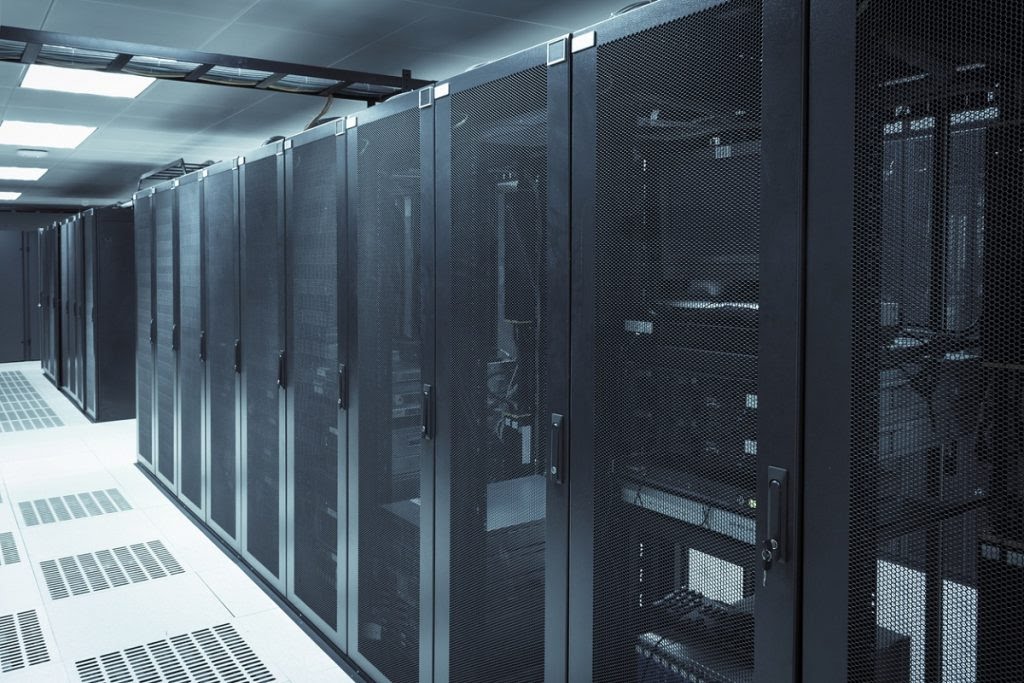porky_kicker
Senior Member
- Joined
- Apr 8, 2016
- Messages
- 6,023
- Likes
- 44,574
What happened to the exaflop supercomputer development program ?
UnknownWhat is the status of our exa flop computer which was about to get ready between 2017 to 2020?
@Indx TechStyle do you have any idea? I am curious.
Yeah.. thats what the core of any computer is along side processor.. they are offering a decade old scalable processor series with this so called jugaad.. i mean computing world have moved on ffrom this to next level...Got it. But u r comparing the memory & storage.
So I said it to be a bad idea.
What is the status of our exa flop computer which was about to get ready between 2017 to 2020?
@Indx TechStyle do you have any idea? I am curious.

Thanks brother. Please enlighten me more about this I am very curious.
Atos and C-DAC sign Cooperation Agreement for global advancement in Quantum Computing, Artificial Intelligence and Exascale Computing in India
C-DAC (Centre for Development of Advanced Computing), a national premier R&D organization under Ministry of Electronics and Information Technology, Government of India, and Atos , a global leader in digital transformation, today announce that they have signed a Cooperation Agreement for...atos.net
CDAC said it will be ready at 2022. ,US, Japan, Taiwan and China also have similar time lines
Don't know much Brother , CDAC made progress in designing an EXA scale Mechine . May be they are trying to develop own processor for super computers . These machines are energy hungry and eat electricity in 50-100 MW . Cooling requirements are far more than what an average super Computer want . Don't know the progress in these areas . Meanwhile China developed a prototype of ExaScale machine in 2018 .Thanks brother. Please enlighten me more about this I am very curious.



Param Siddhi, the high-performance computing-artificial intelligence (HPC-AI) supercomputer established under National Supercomputing Mission (NSM) at C-DAC, has achieved a global ranking of 63 in TOP 500 most powerful non-distributed computer systems in the world released on 16 November 2020.
The AI system will strengthen application development of packages in areas such as advanced materials, computational chemistry & astrophysics, and several packages being developed under the mission on the platform for drug design and preventive health care system, flood forecasting package for flood-prone metro cities like Mumbai, Delhi, Chennai, Patna and Guwahati.
This will accelerate R&D in the war against COVID-19 through faster simulations, medical imaging, genome sequencing and forecasting and is a boon for Indian masses and for start-ups and MSMEs in particular.
It is a boon for application developers and will help testing of weather forecasting packages by NCMRWF & IITM, geo-exploration packages for oil and gas recovery; packages for aero-design studies; computational physics and mathematical applications and even online courses for education.
The supercomputer with Rpeak of 5.267 Petaflops and 4.6 Petaflops Rmax (Sustained) was conceived by C-DAC and developed jointly with the support of Department of Science and Technology (DST), Ministry of Electronics and Information Technology (MeitY) under NSM.
“It is a historical first. India today has one of the largest supercomputer infrastructures in the world and that is evidenced by the ranking that Param Siddhi-AI has received today,” said Secretary Department of Science & Technology, Professor Ashutosh Sharma.
“I truly believe that Param Siddhi-AI will go a long way in empowering our national academic and R&D institutions as well as industries and start-ups spread over the country networked on the national supercomputer grid over the National Knowledge Network (NKN),” Prof Sharma added.
He pointed out that with the infusion of Param Siddhi-AI, the scientific and technology community in the country will further be enabled and empowered to solve multidisciplinary grand challenges of healthcare, agriculture, education, energy, cybersecurity, space, AI applications, weather and climate modelling, and urban planning to name a few.
“This is a compelling piece of our journey in Atmanirbharta through Science Technology & Innovation,” he stressed.
Param Siddhi Supercomputer is built on the NVidia DGX SuperPOD reference architecture networking along with C-DAC’s indigenously developed HPC-AI engine, software frameworks and cloud platform and will help deep learning, visual computing, virtual reality, accelerated computing, as well as graphics virtualization.
Hardware is from Nvidia.So, we are now capable of making PetaFlop computers on our own. Will break into top 10 too near future then.
Former problem will remain till a manufacturing becomes normal, latter has become an expertise now gained.Hardware is from Nvidia.
Software package(s) developed by C-DAC in collaboration with come French company called Atos.
Looks like an AI software-hardware set.I am in the dark however about what this "HPC-AI Engine" is, it is a hardware system/product? is it software?

Wondering if these would be license produced.The Param Siddhi system made up of 42 of these modules

Each contains the below
- 8X NVIDIA A100 GPUS WITH UP TO 640 GB TOTAL GPU MEMORY
12 NVLinks/GPU, 600 GB/s GPU-to-GPU Bi-directonal Bandwidth- 2 6X NVIDIA NVSWITCHES
4.8 TB/s Bi-directional Bandwidth, 2X More than Previous Generation NVSwitch- 3 10X MELLANOX CONNECTX-6 200 Gb/s NETWORK INTERFACE
500 GB/s Peak Bi-directional Bandwidth- 4 DUAL 64-CORE AMD CPUs AND 2 TB SYSTEM MEMORY
3.2X More Cores to Power the Most Intensive AI Jobs- 5 30 TB GEN4 NVME SSD
50 GB/s Peak Bandwidth, 2X Faster than Gen3 NVME SSDs
Per the white paper describing these modules in great details here, it is specifies that the CPUs are AMD Epyc 7742, which is a 64 core/ 128 thread 3.4Ghz CPU, there are 4x of these in each module
So the hardware is not indeginous per se.
HPC-AI is both hardware and software based system where same algorithm runs parallel into different connected systems.Hardware is from Nvidia.
Software package(s) developed by C-DAC in collaboration with come French company called Atos.
I am in the dark however about what this "HPC-AI Engine" is, it is a hardware system/product? is it software?.
Same press release is repeated in a lot of news sites.
Processors can be from outside, not a big issue. Even the first chinese supercomputer to reach rank 1 was made by using Intel processors which made US ban Intel from supplying processors to china for such kind of use.Hardware is from Nvidia.
Software package(s) developed by C-DAC in collaboration with come French company called Atos.
I am in the dark however about what this "HPC-AI Engine" is, it is a hardware system/product? is it software?.
Same press release is repeated in a lot of news sites.
